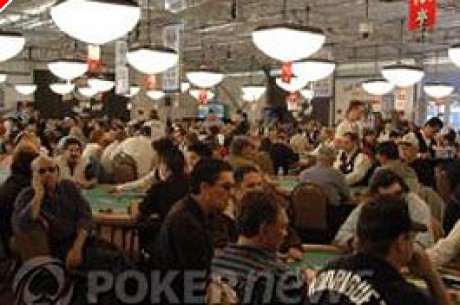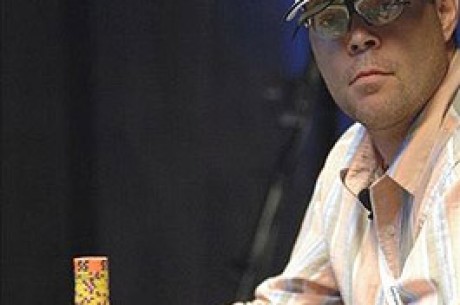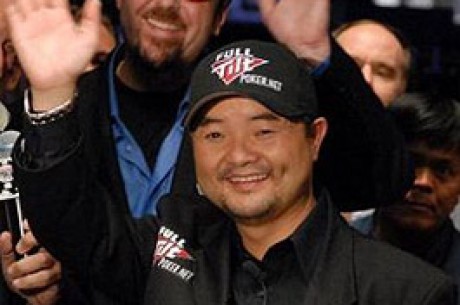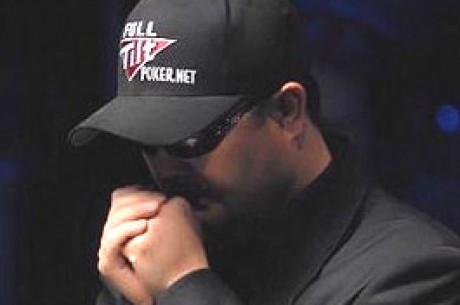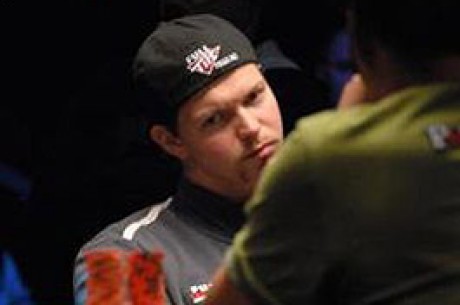Size Matters �C WSOP Increases Starting Stacks Across All Events

One bit of news from last week's World Series of Poker media teleconference emerged with a bit of a twist: The WSOP will be doubling the starting chip stacks for all 55 events listed on the current schedule.
In response to a question posed during the conference, WSOP Tournament Director Jack Effel announced that the starting chip stacks would be doubled in all events, and in the days after the conference, the new structures were added in to the content on the official worldseriesofpoker.com site. Interested parties can review the structures for any of the events by first clicking into the '07 WSOP schedule, and then by clicking on the title of any event, which is a hyperlink to a page containing the blind structure and other event specifics.
Effel explained that the doubling of chips was necessary to add a couple of extra levels of play to the intermediate levels of early, low buy-in events; these events have been cited in earlier years as not offering much real poker play. In turn, the WSOP seems to have decided that doubling chip stacks across the board was the best way to provide uniformity, even if in some events such as the Main Event, the higher chip stacks do not necessarily mean more play.
The Main Event's move to $20,000 in starting chips brought notice in several discussion forums. Early conjecture that the reason for doubling the chip stacks across the board centered on the need to prevent the surreptitious theft and reintroduction of chips from smaller events into the Main Event. However, those thoughts are not born out by the facts; as reported by Pokernews.com's own Tim Lavalli a few weeks ago, the WSOP will introduce many distinct chip sets for this year's WSOP. Three of the sets will be used for actual event play, while the other three are reserved for varying satellite formats. In addition, one of the three 'live event' patterns will be used only in the Main Event and nowhere else. It should not be possible for a rogue player to introduce chips into the ME that have been extracted from earlier events.
Opinions vary as to how much of the changes in starting stacks and blind structures will add to play, and how much is cosmetic. Lower buy-in events clearly make a marginal gain in terms of added play, while examinations of the Main Event structures show that the new structure mirrors the old quite closely, bouncing up and down in comparative measure with many of the minor differences accounted for by rounding and chip-denomination needs. One emerging tournament force, Joe Sebok, sees them as "cosmetic, albeit good cosmetic changes."
"The added levels are nice," said Sebok, "but really don't drastically change much in terms of play. The bottom line is that it will make players feel better regardless of much change in play, and that is a good thing." Sebok continued by noting, "The WSOP is really stuck in a tough spot with this issue, though, as they have to compete with so many different events in an extremely finite amount of time. It's simply the nature of the beast at such a massive event as the WSOP."
On whole, of course, Sebok's thoughts echo the general player sentiment that the adjustments are a good and necessary thing. Or, as Sebok put it, "I applaud [WSOP Commissioner Jeffrey] Pollack and the boys for those changes."




